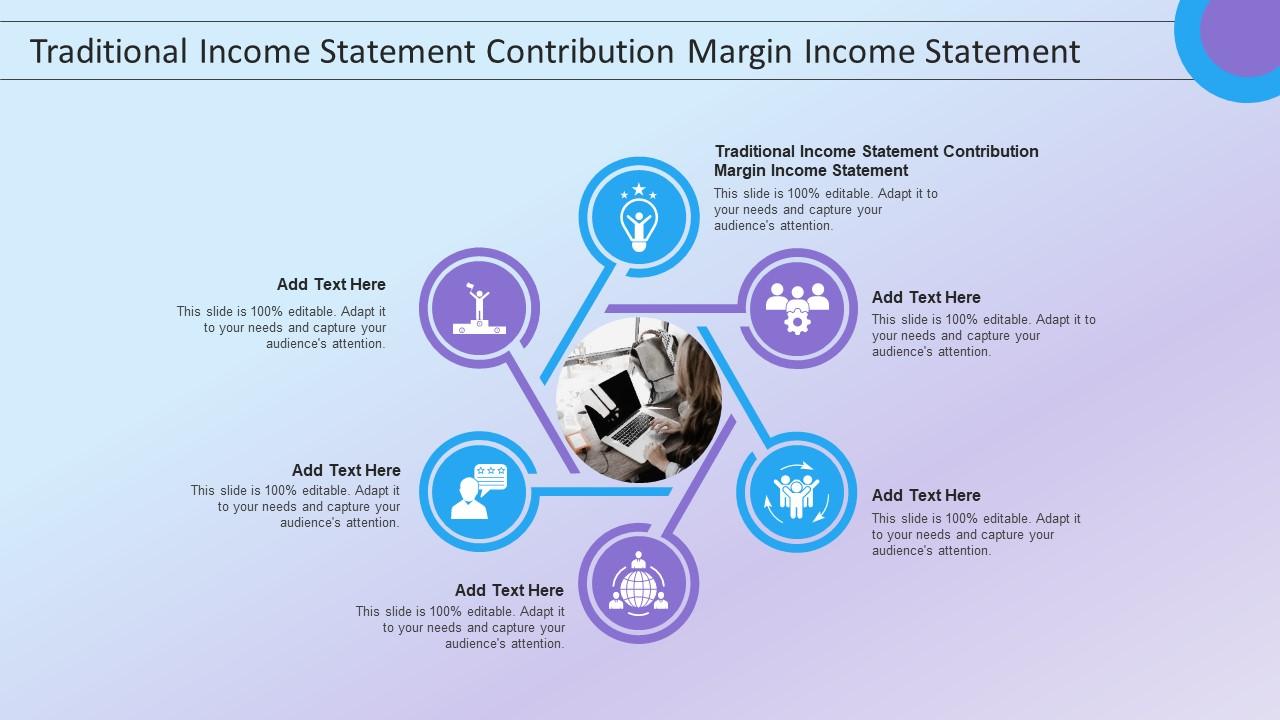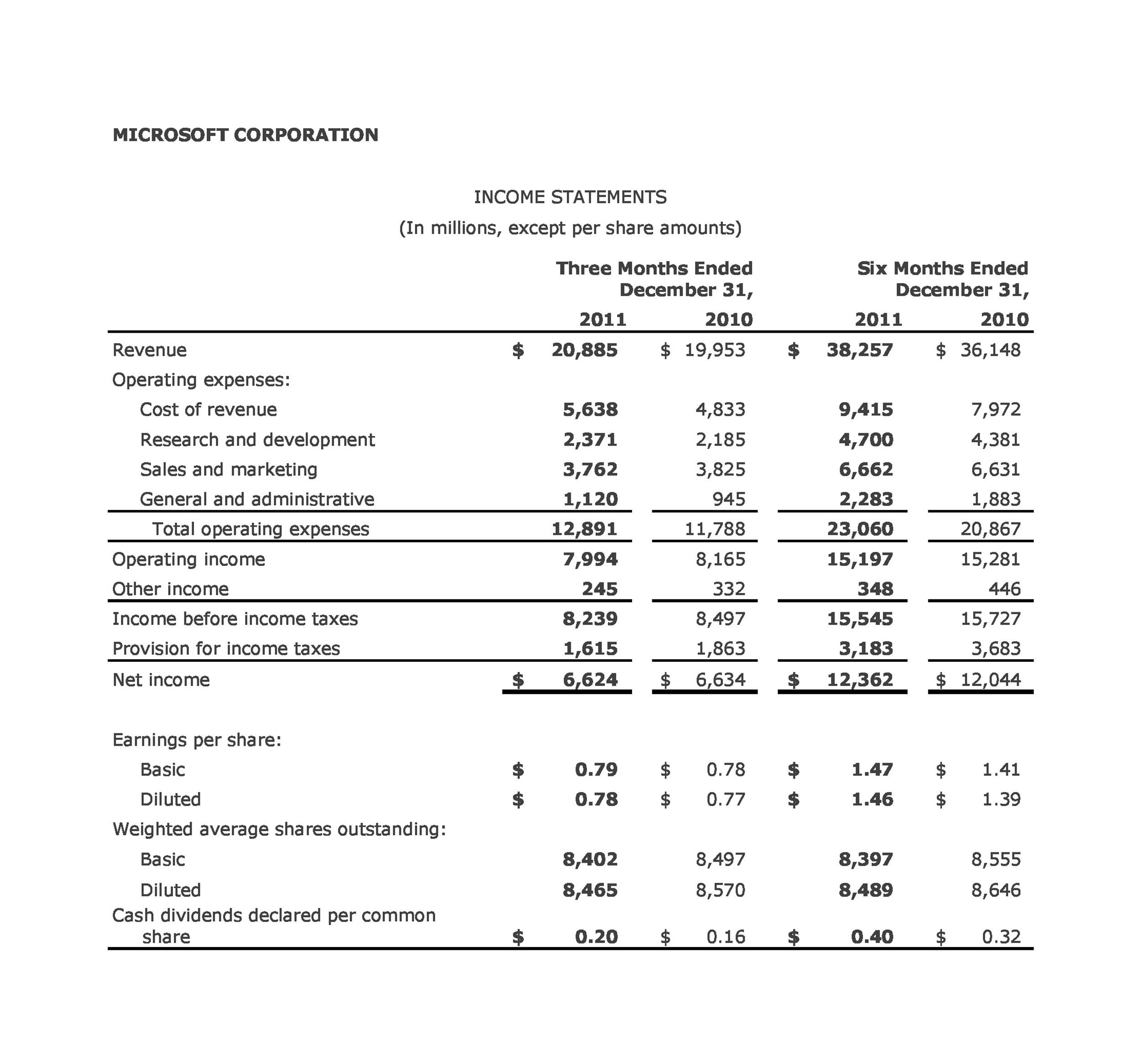
It also provides detailed insights into the company’s internal activities. This can be used for comparison across different businesses and sectors. By understanding the income and expense components of the statement, an investor can appreciate what makes a company profitable.
Is there any other context you can provide?
A single-step income statement is useful when your business does not have complex operations or only needs a simple statement that could report the net income of a business. It is also known as the profit and loss (P&L) statement, where profit or loss is determined by subtracting all expenses from the revenues of a company. Precise financial records require proper categorization of expenses and revenues. Errors often arise from misclassifications and omissions of one-time gains. Utilize accounting software and a detailed checklist to ensure accurate entries and comprehensive income tracking.
Differences between an income statement vs. balance sheet
It includes all costs, like materials, labor, and even the cost of running the factory (overhead). When we use this method in income statements, we add up all these costs to find out how much it costs to produce everything we sell. This helps us understand our total expenses and how they affect our earnings. Any type of business can benefit from preparing a traditional income statement, since it shows whether or not a company has been profitable. In addition, you may need a traditional income statement if you decide to seek outside funding. Lenders and investors often want to see a company’s traditional income statements to learn more about the firm’s revenue, expenses, profitability, and debt.
Step 1 of 3
But multi-step income statements are great for small businesses with several income streams. Many small businesses need financial statements to apply for credit or to provide financial information to a potential lender. Using an income statement to demonstrate a consistent history of income and profitability can make this process easier. Last but not least, calculate the operating income by subtracting selling and administrative expenses from gross profit. Understanding the intricacies of revenue recognition, expense matching, and other accounting principles is crucial for a comprehensive and reliable financial reporting process.
At Taxfyle, we connect small businesses with licensed, experienced CPAs or EAs in the US. We handle the hard part of finding the right tax professional by matching you with a Pro who has the right experience to meet your unique needs and will manage your bookkeeping and file taxes for you. Implement our API within your platform to provide your clients with accounting services. This includes the total amount of interest a business pays on any debt, such as different types of small business loans.
This calculation will give you the gross margin, or the gross amount earned from the sale of your goods and services. Learn how your business can create and use income statements, along with other financial statements. EBITDA is not normally included in the income statement of a company because it is not a metric accepted by Generally Accepted Accounting Principles (GAAP) as a measure of financial performance. However, EBITDA can be calculated using the information from the income statement. It provides insights into a company’s overall profitability and helps investors evaluate a company’s financial performance. The single-step income statement lumps together all of XYZ Corporation’s revenues and gains and these amounted to $94,000.
Calculate unit cost first as that is probably the hardest part of the statement. Once you have the unit cost, the rest of the statement if fairly straight forward. Using the cost per unit that we calculated previously, we can calculate the cost of goods sold by multiplying the cost per unit by the number of units sold. It hinders the ability to conduct comprehensive cost analysis and make informed strategic decisions based on the complete financial picture. Download our free guide that shows you the most common accounting mistakes made by business owners and how to avoid them.

This format allows stakeholders to assess the company’s profitability and efficiency in generating and utilizing its revenue, thus playing a crucial role in financial reporting and decision-making processes. To calculate operating income with absorption costing, we start with sales, the total money made from selling products. Then, we subtract the cost of making those products (including all costs like materials and overhead).
- Add your business details and the reporting period covered by the profit and loss.
- It shows whether a company has made a profit or loss during that period.
- They give you insights into how your money is doing and whether or not there are potential problem areas to address.
- A traditional income statement, also known as a profit and loss (P&L) statement, provides a snapshot of a company’s ability to make money.
- This absence of contribution margin representation impedes the ability to analyze the impact of variable costs on profitability, hindering the evaluation of cost-volume-profit relationships.
This distinction impacts the calculation of EBIT and EBITDA, as EBIT considers only operating income and excludes non-operating expenses, while EBITDA further adjusts for depreciation and amortization. It plays a pivotal role in revealing the business’s revenue, expenses, and profits, thereby providing a comprehensive snapshot of its financial health. By showcasing the company’s ability to generate income and manage costs, the income statement aids in evaluating its operational efficiency and profitability. This statement also facilitates comparisons with previous periods, enabling stakeholders to assess the business’s trajectory. The stockholders equity balance sheet guide, examples, calculation format, as shown, provides a basic overview of the company’s financial performance for the year, consolidating all forms of income and expenses into two main categories.
They can see at a glance, for examples, whether the company’s profitability is driven by increasing sales, decreasing costs or both. The information on a traditional income statement is important to investors. It reveals a company’s profitability trends by comparing the current profitability to past profitability figures.
Quarterly income statements compare the most recent quarter against the same quarter a year prior. The traditional income statement approach is the dominant format used by nearly all companies, because it is required by the accounting standards for the reporting of financial results to outside parties. Because the traditional income statement involves the use of cost allocations within the cost of goods sold block of information, it can be difficult to determine which costs vary with changes in sales. Investors need to know what’s on an income statement so that they can tell if the company’s stock is worth buying. Company executives turn to these financial reports to help them identify ways to improve the company so it can grow competitively.